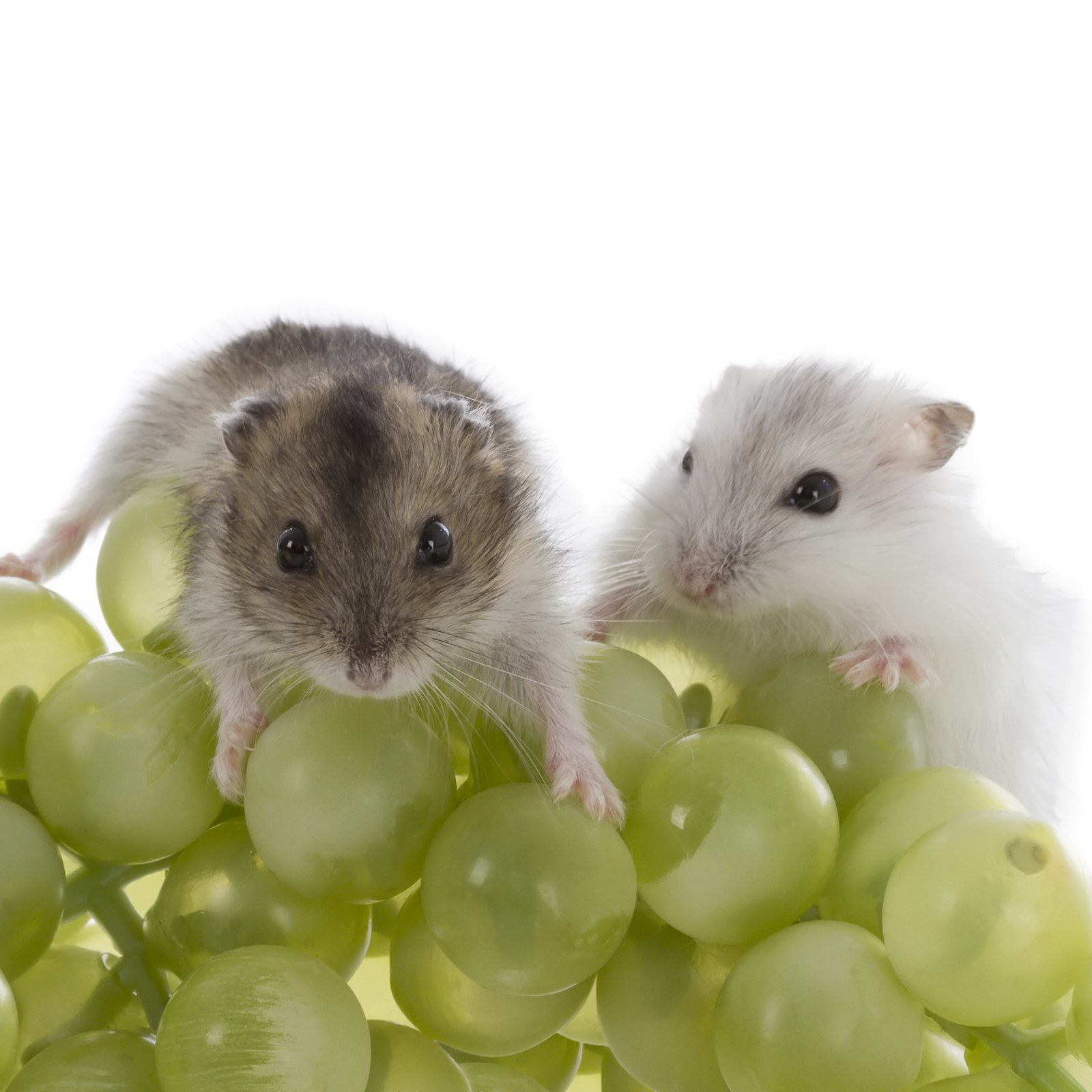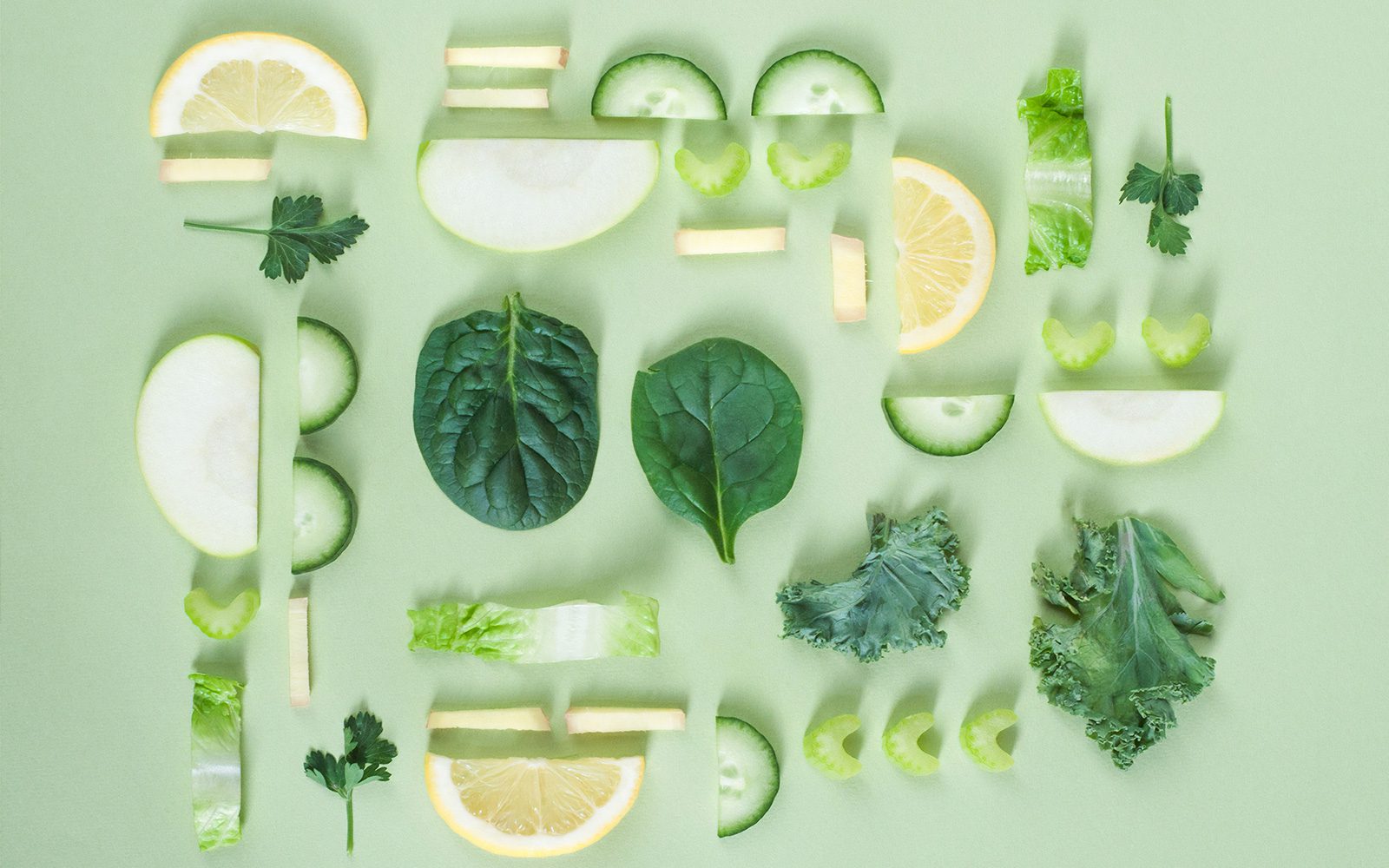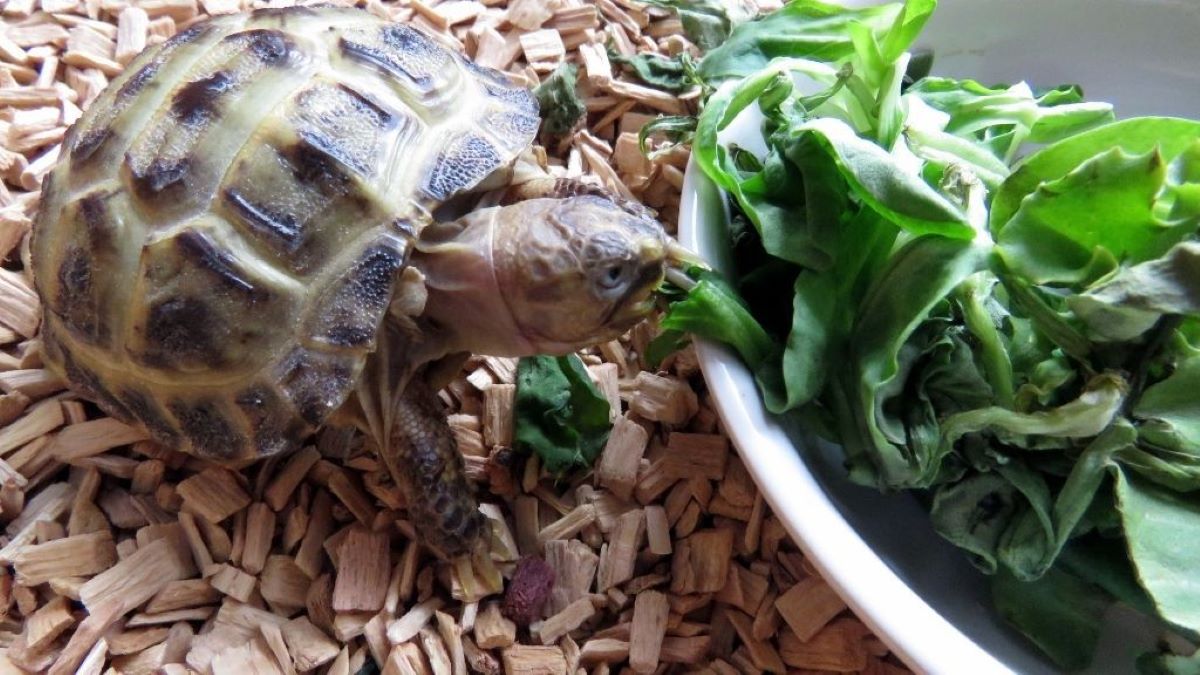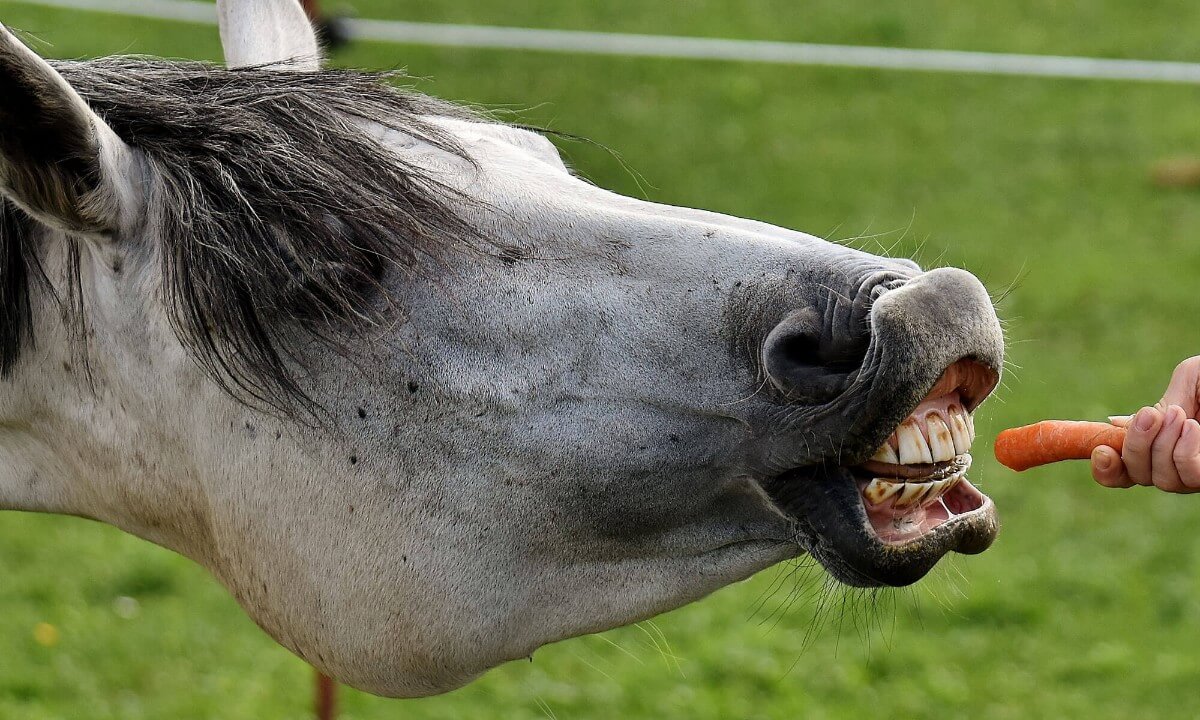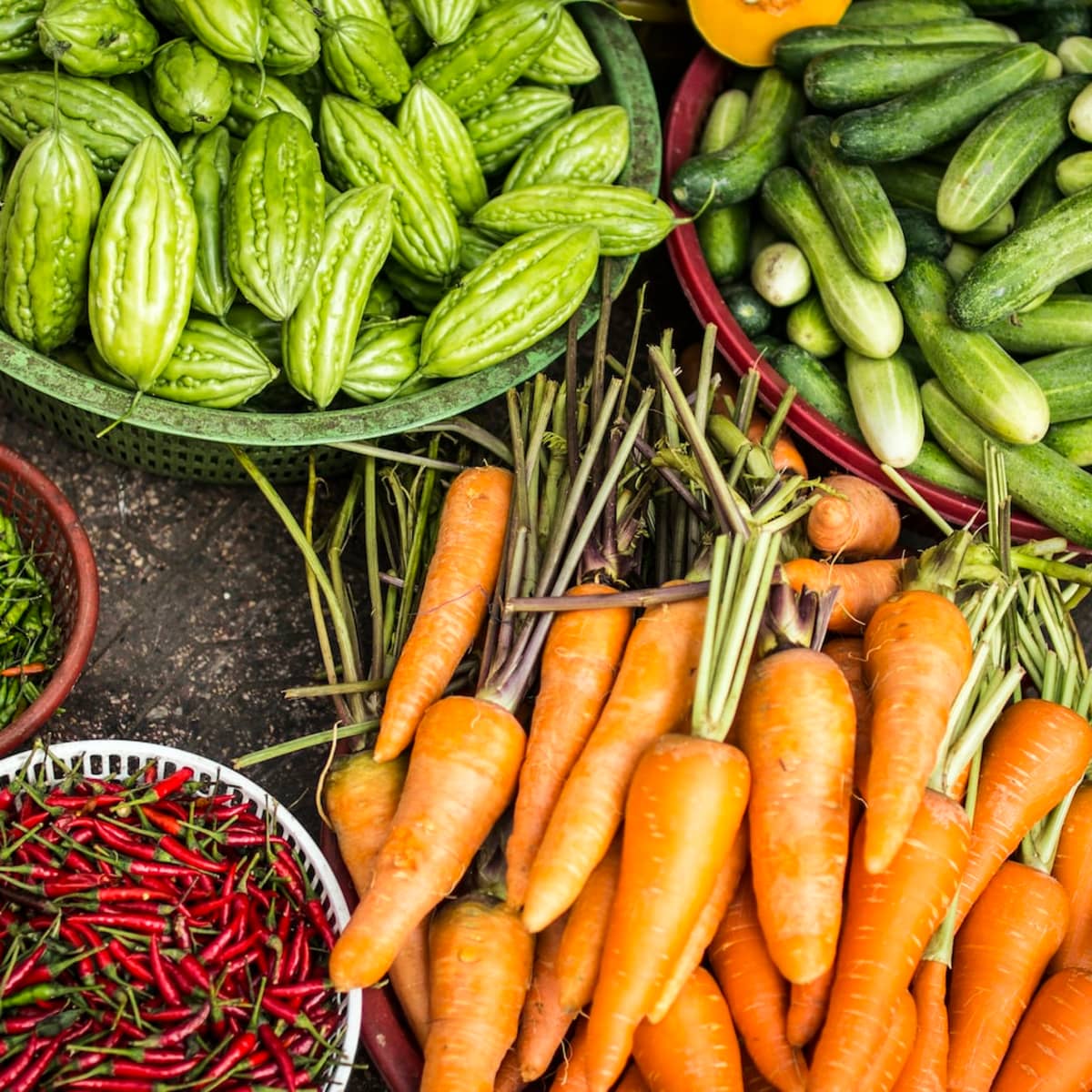Home>Gardening News and Trends>Latest News>What Vegetables Can You Eat When On Blood Thinners


Latest News
What Vegetables Can You Eat When On Blood Thinners
Modified: January 22, 2024
Discover the latest news on what vegetables are safe to consume while on blood thinners. Stay informed and make healthy choices for your well-being.
(Many of the links in this article redirect to a specific reviewed product. Your purchase of these products through affiliate links helps to generate commission for Chicagolandgardening.com, at no extra cost. Learn more)
Table of Contents
Introduction
Welcome to our guide on the topic of “What Vegetables Can You Eat When On Blood Thinners”. If you are taking blood thinners, you may have questions about what foods are safe to consume, particularly when it comes to vegetables. Blood thinners, also known as anticoagulants, are medications used to prevent blood clots from forming or getting bigger in your blood vessels. They are primarily prescribed for individuals with certain medical conditions, such as atrial fibrillation, deep vein thrombosis, or pulmonary embolism.
While blood thinners can be lifesaving, they also require you to be mindful of your diet. This is because certain foods can interact with blood thinners and either enhance or inhibit their effects. When it comes to vegetables, some may have properties that can potentially interfere with the blood-thinning properties of your medication. Therefore, it is crucial to be aware of which vegetables are safe to include in your diet and which ones should be consumed in moderation or avoided altogether.
In this article, we will provide you with a comprehensive list of vegetables that are safe to eat when you are on blood thinners. We will also explain the considerations you should keep in mind while consuming vegetables and discuss the vegetables that you should limit or avoid. By following these guidelines, you can ensure that you maintain a nutritious and balanced diet while effectively managing your blood thinners.
Understanding Blood Thinners
Before we delve into the topic of which vegetables are safe to consume when on blood thinners, let’s take a moment to understand what blood thinners are and how they work. Blood thinners are medications that help prevent the blood from clotting excessively, reducing the risk of dangerous blood clots forming in the blood vessels. By inhibiting the formation of clots, blood thinners can effectively lower the risk of conditions like strokes, heart attacks, and deep vein thrombosis.
There are two primary types of blood thinners: anticoagulants and antiplatelet drugs. Anticoagulants, such as warfarin, heparin, and direct oral anticoagulants (DOACs), work by interfering with the blood’s clotting mechanism, slowing down the formation of clots. Antiplatelet drugs, like aspirin and clopidogrel, prevent platelets in the blood from clumping together, reducing the likelihood of clot formation.
It’s important to note that although these medications are commonly referred to as “blood thinners,” they do not actually make the blood thinner. Instead, they inhibit the clotting process or affect the platelets, making it harder for clots to form.
When taking blood thinners, it is essential to carefully manage your diet and be aware of potential interactions with certain foods and medications. Some foods can affect the way blood thinners work, either enhancing or inhibiting their effects. This is particularly true when it comes to vitamin K, a nutrient that plays a crucial role in blood clotting. Foods rich in vitamin K can interfere with blood thinners that work by reducing the blood’s clotting ability.
It is crucial to work closely with your healthcare provider, who can provide specific guidance on managing your medication and diet. They may adjust the dosage of your blood thinners or provide you with a list of foods to avoid or limit, ensuring the optimal effectiveness of your medication without compromising your health.
Considerations for Vegetable Consumption
When it comes to consuming vegetables while on blood thinners, there are a few key considerations to keep in mind. While vegetables are generally nutritious and beneficial for your overall health, some may have properties that can interact with your blood thinning medication. Here are some important points to consider:
- Consult with your healthcare provider: It is crucial to consult with your healthcare provider or a registered dietitian to get personalized guidance on your vegetable consumption. They can provide specific recommendations based on your specific blood thinner medication and dosage.
- Be consistent: If you consume vegetables rich in vitamin K, it is important to be consistent in your intake. Sudden increases or decreases in vitamin K consumption can affect the levels of your blood thinner medication in your body.
- Monitor your blood clotting levels: Your healthcare provider may periodically monitor your blood clotting levels through a blood test called the International Normalized Ratio (INR). This test helps determine the appropriate dosage of your blood thinner medication. If your INR levels are stable, it is an indication that your vegetable consumption is not significantly interacting with your medication.
- Balance your diet: It is essential to maintain a balanced diet that includes a variety of vegetables, not just those low in vitamin K. Aim to incorporate vegetables from different color groups, such as leafy greens, cruciferous vegetables, and brightly colored vegetables, to ensure a diverse range of nutrients in your diet.
- Consider other medications: If you are taking other medications in combination with blood thinners, they may interact with different vegetables. It is important to discuss all medications you are taking with your healthcare provider to understand any potential interactions.
By considering these factors and working closely with your healthcare provider, you can confidently incorporate vegetables into your diet while effectively managing your blood thinners. In the next sections, we will explore which vegetables to avoid, limit, and enjoy when on blood thinners.
Vegetables to Avoid
While vegetables are generally considered healthy and beneficial, there are certain vegetables that you should avoid or consume sparingly when you are on blood thinners. These vegetables tend to be high in vitamin K, which can interfere with the effectiveness of your medication. Here are some vegetables to avoid or limit:
- Kale: Kale is a leafy green vegetable that is highly nutritious, but it is also high in vitamin K. It is best to limit your intake of kale when on blood thinners.
- Spinach: Spinach is another leafy green vegetable rich in vitamin K. While it offers many health benefits, it is advisable to consume spinach in moderation when you are on blood thinners.
- Brussels sprouts: Brussels sprouts are a cruciferous vegetable that contains considerable amounts of vitamin K. It is best to limit your intake of Brussels sprouts to prevent any potential interference with your medication.
- Parsley: Parsley is an herb commonly used as a garnish or flavoring agent. It is high in vitamin K and should be avoided or used sparingly in your meals when on blood thinners.
- Swiss chard: Swiss chard, similar to other leafy green vegetables, is rich in vitamin K. To maintain the effectiveness of your blood thinner medication, limit your consumption of Swiss chard.
Keep in mind that it is important to discuss your vegetable intake with your healthcare provider to get personalized recommendations based on your specific medical condition and blood thinner medication. They can provide guidance on the appropriate portions and frequency of these vegetables or suggest suitable alternatives for a well-rounded diet.
Vegetables to Limit
While there are certain vegetables you should avoid or consume sparingly when on blood thinners, there are also vegetables that are moderate in vitamin K content. These vegetables can be enjoyed in moderation but should still be consumed with caution. Here are some vegetables to limit when you are on blood thinners:
- Broccoli: Broccoli is a nutrient-dense vegetable that offers various health benefits. While it is a good source of fiber and vitamins, including vitamin K, it is best to consume broccoli in small to moderate amounts to avoid interfering with your blood thinner medication.
- Cauliflower: Cauliflower is a versatile vegetable that is low in calories but contains a moderate amount of vitamin K. When including cauliflower in your meals, be mindful of portion sizes and enjoy it in moderation.
- Green beans: Green beans are a popular vegetable that can be enjoyed as a side dish or added to salads and stir-fries. While they have a lower vitamin K content compared to leafy greens, it is still advisable to limit your consumption of green beans when on blood thinners.
- Peas: Peas are a starchy vegetable that contains a moderate amount of vitamin K. If you enjoy peas, it is recommended to consume them in moderation and be mindful of portion sizes.
- Cabbage: Cabbage is a cruciferous vegetable that is low in calories and packed with nutrients. While it is generally considered safe to consume when on blood thinners, it is best to limit your intake to maintain the effectiveness of your medication.
Remember, it is essential to work closely with your healthcare provider to determine the appropriate portions and frequency of these vegetables in your diet. They can provide personalized advice based on your specific medical condition and medication to help you maintain a balanced and nutritious diet while effectively managing your blood thinners.
Vegetables to Enjoy
While there are certain vegetables to avoid or limit when on blood thinners, there is still a wide variety of vegetables that you can enjoy safely. These vegetables are low in vitamin K content and can be incorporated into your diet to provide essential nutrients and support overall health. Here are some vegetables that you can enjoy when on blood thinners:
- Carrots: Carrots are crunchy, vibrant vegetables that are rich in vitamin A and fiber. They are a great addition to salads, stir-fries, or enjoyed as a healthy snack.
- Bell peppers: Bell peppers come in various colors and are packed with vitamin C, antioxidants, and fiber. They add a burst of sweetness and crunch to a wide range of dishes.
- Cucumbers: Cucumbers are refreshing and hydrating vegetables that are low in calories. They can be sliced and added to salads or used to make refreshing cucumber water.
- Zucchini: Zucchini is a versatile vegetable that can be spiralized into noodles, added to soups or stews, or grilled as a side dish. It is low in calories and high in vitamins A and C.
- Tomatoes: Tomatoes are juicy and delicious, packed with vitamins A and C, as well as antioxidants like lycopene. They can be enjoyed in salads, sauces, or as a topping for sandwiches and burgers.
These are just a few examples of vegetables that you can enjoy when on blood thinners. Other safe options include green leafy lettuce, onions, garlic, asparagus, and mushrooms. Incorporating a variety of colorful and flavorful vegetables into your meals ensures that you’re getting a wide range of nutrients to support your overall health.
Remember to always consult with your healthcare provider or a registered dietitian to get personalized advice based on your specific medication and dietary needs. They can help you create a well-rounded meal plan that optimizes the effectiveness of your blood thinners while providing the necessary nutrients for your body.
Conclusion
When you are on blood thinners, it is important to be mindful of your vegetable consumption to ensure the optimal effectiveness of your medication. While some vegetables, such as kale and spinach, are high in vitamin K and should be limited or avoided, there are still plenty of nutritious options that you can enjoy. By understanding the considerations for vegetable consumption and working closely with your healthcare provider, you can maintain a balanced and healthy diet while effectively managing your blood thinners.
Remember to consult with your healthcare provider or a registered dietitian for personalized advice based on your specific medication and medical condition. They can provide specific recommendations on portion sizes, frequency of consumption, and suitable alternatives. Additionally, it is important to maintain a consistent intake of vitamin K-rich vegetables, as sudden fluctuations can affect the levels of your blood thinner medication in your body.
Incorporating a variety of low vitamin K vegetables, such as carrots, bell peppers, cucumbers, zucchini, and tomatoes, can provide essential nutrients and add flavor to your meals. Additionally, by balancing your diet with other healthy food groups and maintaining a well-rounded approach to nutrition, you can support your overall health while effectively managing your blood thinners.
By being cautious and informed about your vegetable choices, you can maintain a healthy and balanced diet while effectively managing your blood thinners. Remember to always seek professional advice and monitor your blood clotting levels regularly to ensure optimal health and well-being.



